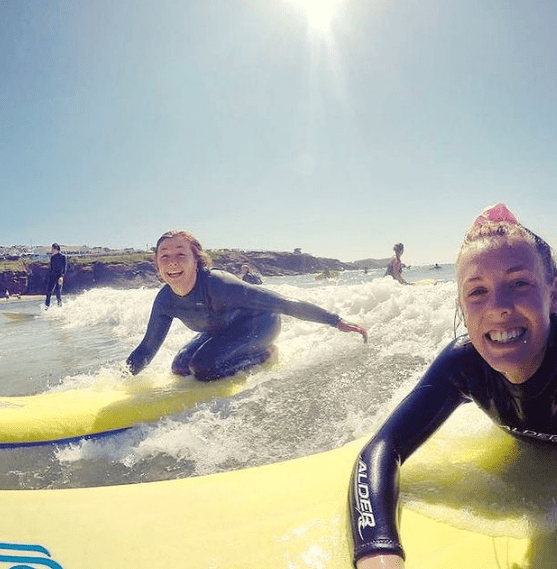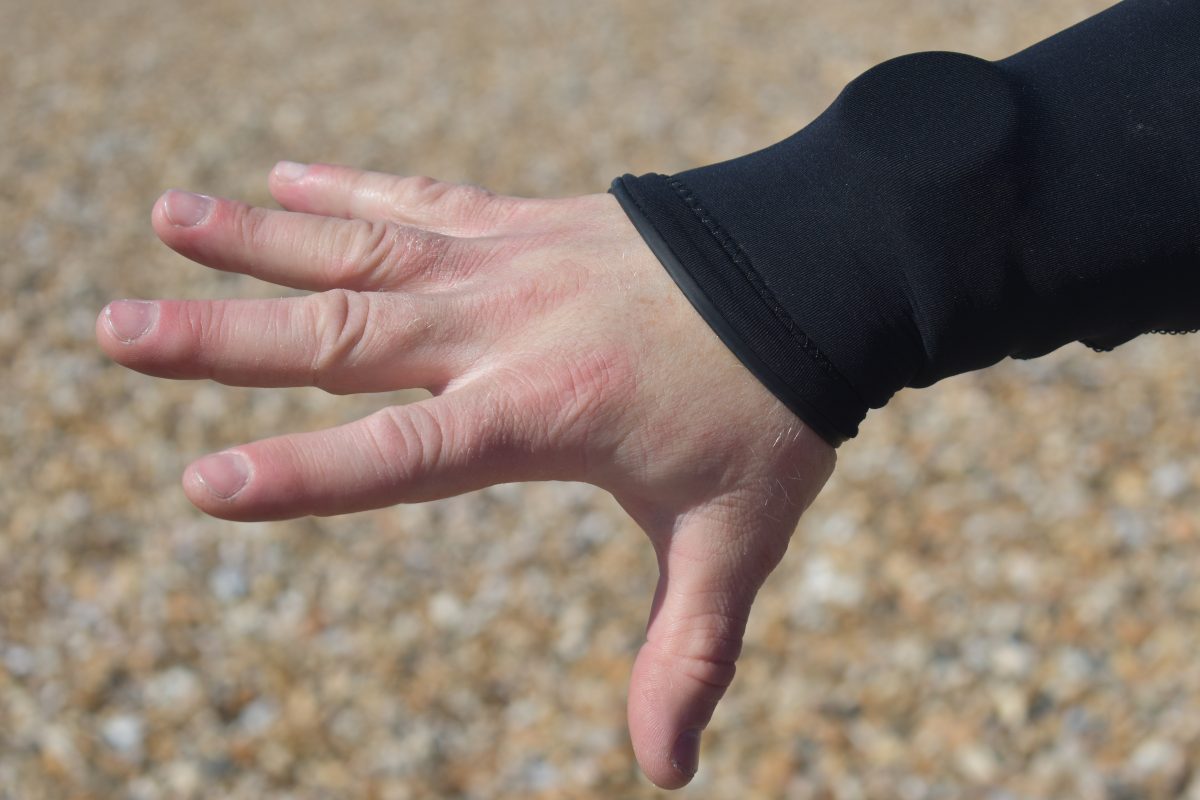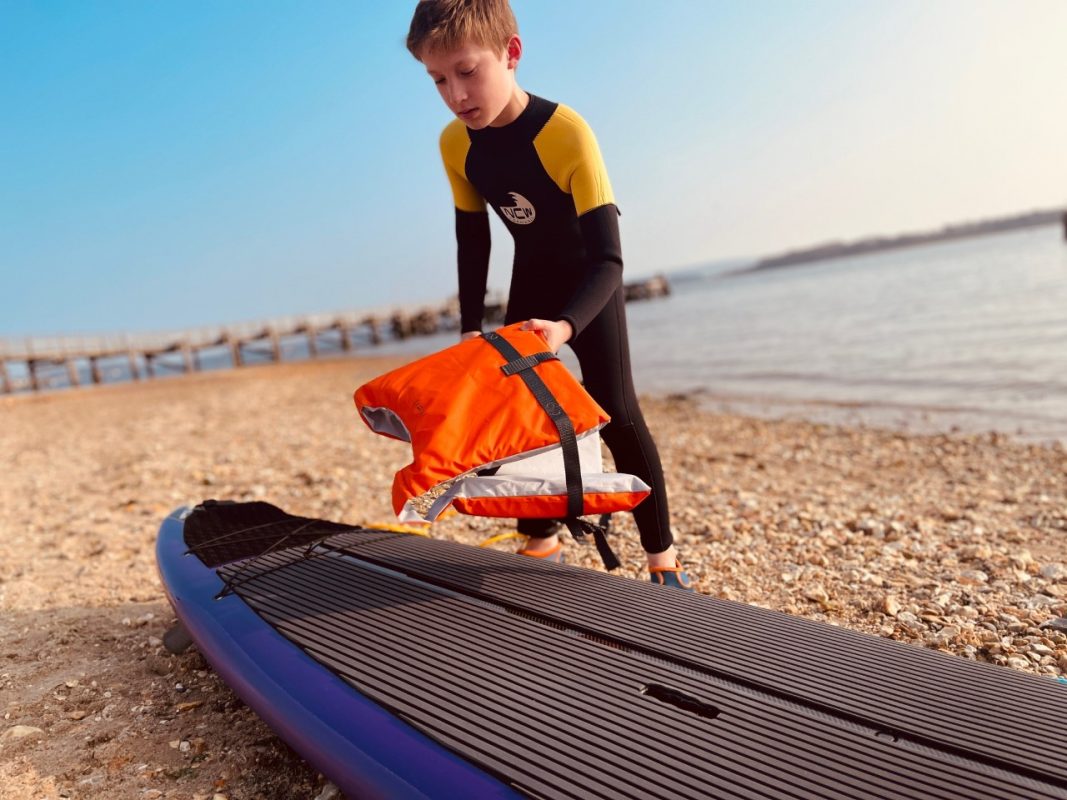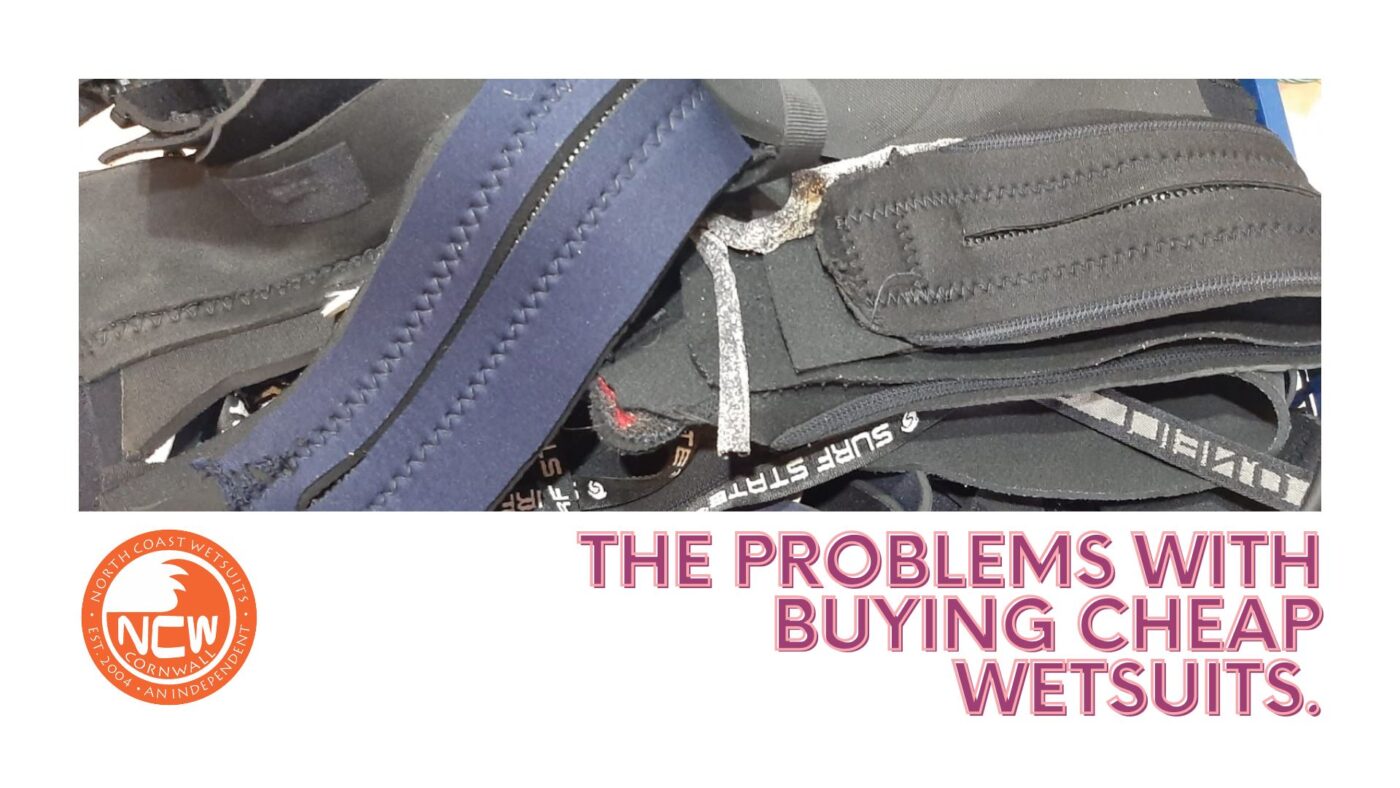We’ve all heard the saying ‘buy cheap twice, buy twice’. That’s the same with anything. Wetsuits and watersports gear included. For this installment of Becci’s blog NWC’s resident surf girl on the ground talks about the pitfalls associated with buying cheap wetties.
I know we all love to save money where we can. But when it comes to buying a wetsuit, the less you pay the more you might regret it. If we lived in warmer climates where the ocean was more like a tepid bath, then the manufacturing of a cheap wetsuit would just about do (the overall quality, fit, and how long it lasts would still be questionable). But we can only dream of the warmer water here, and so we need to know what to look for when it comes to buying a proper wetsuit fit for the general conditions we have in the UK!

Firstly, fit is key! A poor fitting wetsuit will cause flushing, or rubbing, and just be uncomfortable. And for any surfer, whether you’re in the water multiple times a week or just a times a year then comfort and warmth must be your priority. Going back to water temperature, here in the UK it’s cold the majority of the time so it’s vital to have a well-fitting wetsuit to keep your core warm, and ensure you have a good long session in the sea without turning hypothermic.
Bear in mind that everybody is a different shape and size so a suit that doesn’t work for one person is the perfect fit for another! It is always a good idea to try multiple suits in different styles and price ranges to see what works best for you, for the sport you do and how often you will be in the water. Trying on multiple suits is quite a task and you get sweaty super quick, but it is honestly worth it to get the right suit.

When trying on wetsuits:
- Make sure you’re happy with the entry of the suit
- Happy with the wrist, ankle and neck seals and a
- A good tip to know is once the suit is on if you can feel a tug when you bend forward, try the size up
- Ask the sellers advice, they are there to help
I can recommend reading our article about what suit for what time of year, to help with the sort of thickness of wetsuit you may need.
Secondly, the quality of the manufacture! You will notice a huge difference just by touch from the cheaper neoprene to the pricier suits. The better quality suits keep up with the latest types of neoprene and the softness and stretch is another level. These suits are developed to be like a second skin and made to move with your body comfortably, whereas the cheaper neoprene has very little stretch which causes a poor fit.
As someone who surfs regularly and understands the manufacture of a suit, I always aim for nothing less than glued and blind stitch seams. These are watertight and add extra strength at the seam. Liquid and power seams are both types of liquid rubber seals over blind stitch seams, so even more reinforcement. These are mostly found in the higher end suits.

Flatlock seams are generally used on suits that fit the cheaper end of the market as they are a more cost-effective way of making a wetsuit. However, they are not glued or have watertight seams. You can get away with this in the UK in the height of summer, but I wouldn’t recommend these for year round use.
Tape on the inside seams is also great. Generally covering a blindstitch seam, they reinforce the seam more to last even longer and help with the water tightness of the seam. It is all these little extras on a suit that add to the price, but they are there for your comfort and the strength of the suit.
Choosing is not as overwhelming as it seems when wetsuit shopping. Remember to:
- Try on multiple suits
- Check the manufacture in and out
- Quality over quantity
Keep these points in mind and it will make for a smoother wetsuit shopping process!
Check out more from Becci via the links below.

